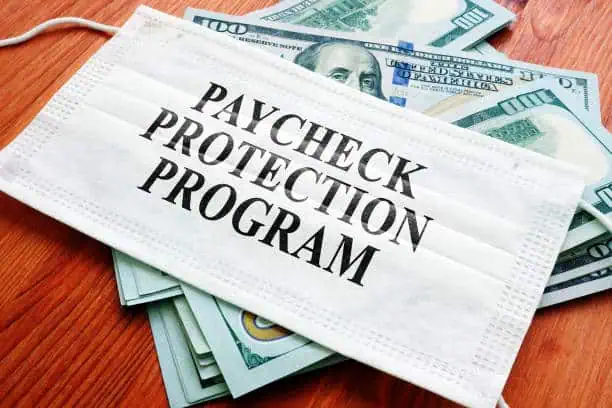The COVID-19 pandemic has changed life as we know it—especially for small business owners. With 95% of Americans under some form of stay-at-home order (Business Insider), many small businesses have shut down or shifted to remote operations.
For small business owners, the concern over funding is very real. Some may not reopen at all, while others will struggle to stay afloat. Fortunately, the government has stepped in with two key relief loan options to help: EIDL and the Paycheck Protection Program (PPP).
Related: COVID-19 And The April 10th Property Tax Deadline
The Small Business Administration (SBA) developed the EIDL soon after the national emergency was declared. EIDL loans provide small businesses with working capital to cover expenses during this economic disruption.
On March 27, 2020, President Trump signed the CARES Act, which included the creation of the Paycheck Protection Program (PPP)—a loan fund of up to $349 billion for small businesses.
Let’s break down the key differences between the two and which one may be better for your business.
Yes, you can apply for both programs. In fact, 85% of small business owners planned to apply for both. If you receive an EIDL loan and later qualify for a PPP, you can refinance the EIDL using the PPP funds.
Need help choosing a loan? The Loan Brothers from Mares Mortgage can guide you through the process.

EIDL eligibility includes:
PPP eligibility includes:
For EIDL: Affiliation rules determine what counts as a “small” business.
For PPP: Many affiliation rules have been waived, especially for:
(Note: Both accrue interest during deferment.)
EIDL covers:
PPP covers:
To avoid forgiveness reduction:

You must:
<img src="http://dstoev.2create.studio/projects/blake_driver/mares-mortgage/wordpress/wp-content/uploads/2020/05/people-shaking-hand-300x198.png" alt="People shaking hands" width="600" />
EIDL requires collateral. The SBA will place a lien on business assets.
PPP does not require collateral.
At Mares Mortgage, we can help you figure out your best option and walk you through the application process.
No small business should close its doors permanently because of this crisis. We’re all in this together.
Related: